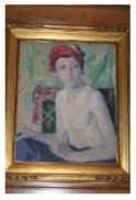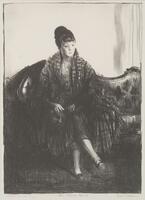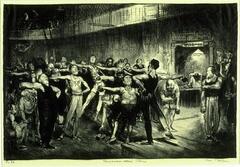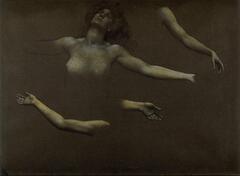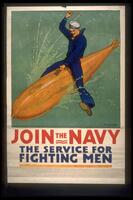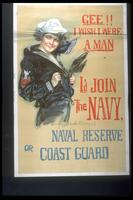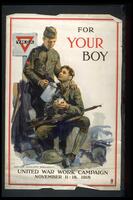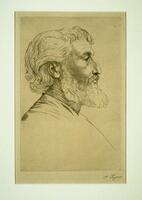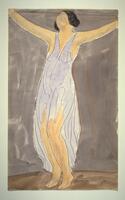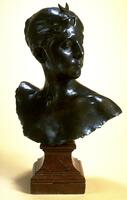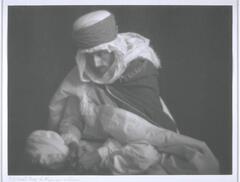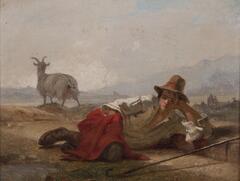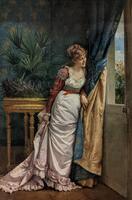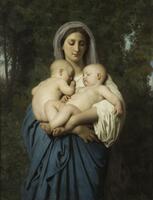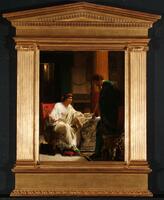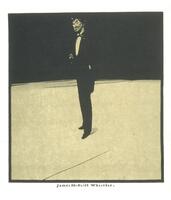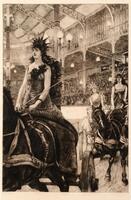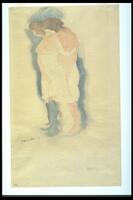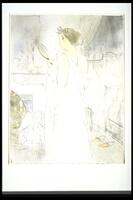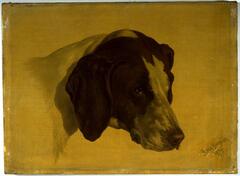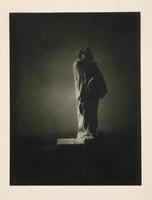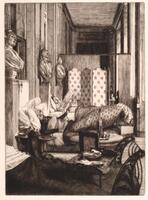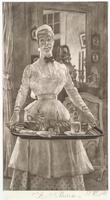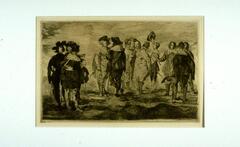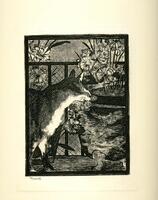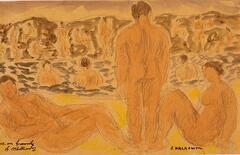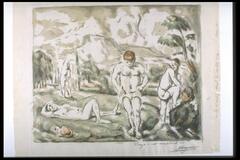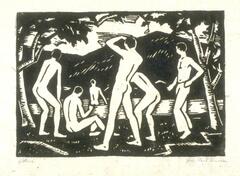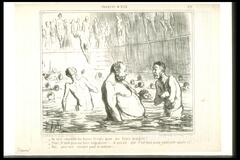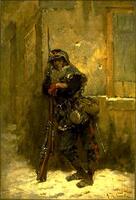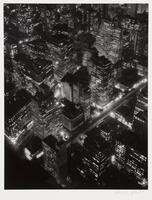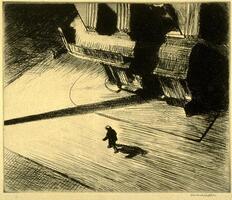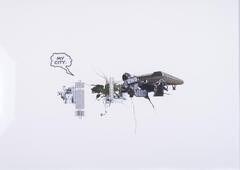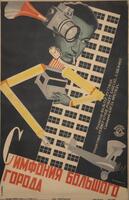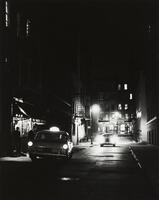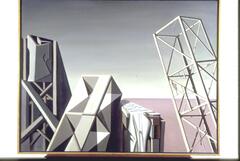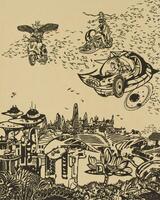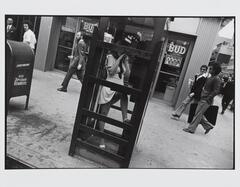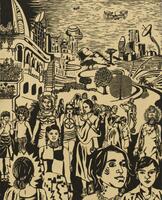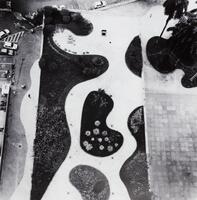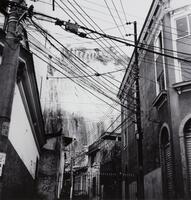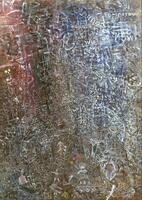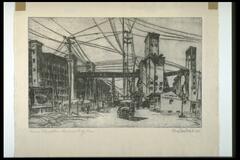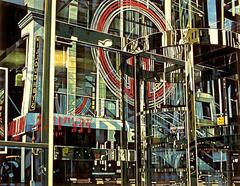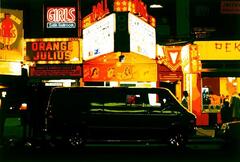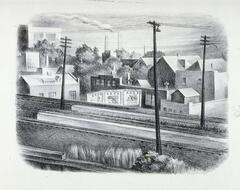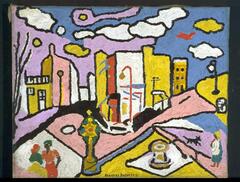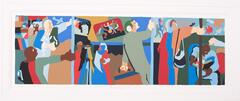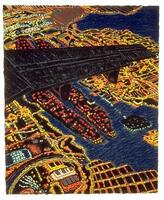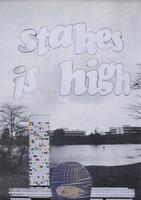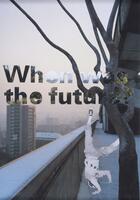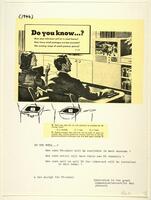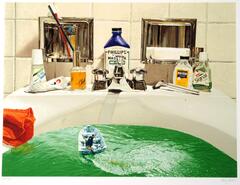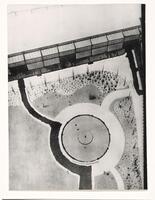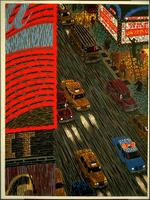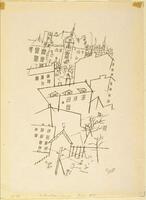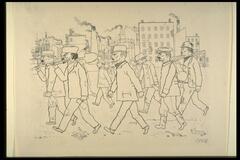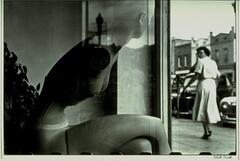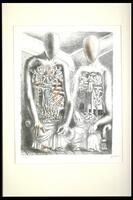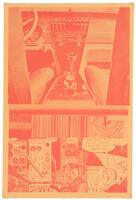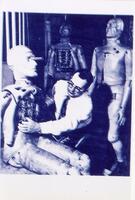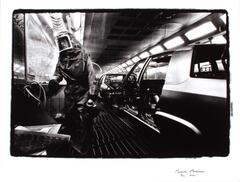39 Items in this Learning Collection
Collection Object
Collection Object
Collection Object
Collection Object
Collection Object
Collection Object
Collection Object
Collection Object
Collection Object
Collection Object
Collection Object
Collection Object
Collection Object
Collection Object
Collection Object
Collection Object
Collection Object
Collection Object
Collection Object
Collection Object
Collection Object
Collection Object
Collection Object
Collection Object
Collection Object
Collection Object
Collection Object
Collection Object
Collection Object
Collection Object
Collection Object
Collection Object
Collection Object
Copyright
All Rights Reserved
()
Men's Fashions
Accession Number
1974/1.107
Title
Men's Fashions
Artist(s)
Eugène Atget
Artist Nationality
French (culture or style)
Object Creation Date
1925
Medium & Support
gold-toned gelatin silver print on paper
Dimensions
10 in x 13 in (25.4 cm x 33.02 cm);19 3/10 in x 14 3/10 in (49.05 cm x 36.35 cm);13 in x 10 in (33.02 cm x 25.4 cm);9 in x 6 4/5 in (22.86 cm x 17.3 cm)
Credit Line
Museum Purchase
Label copy
In Men's Fashions, Atget provides an opportunity for viewers to see in front of and behind the camera simulatneously. In this oblique view of a Parisian shop window, reflections of trees and architecture along the Avenue des Gobelins blend with a stage storefront tableau of dapperly dressed mannequins. By framing the photograph this way, Atget creates an eerie scene in which the mannequins, their bodies fragmented by opaque reflections of the city street, appear animate within the shadowy interior of the shop. In Bar de Cabaret a mirror is similarly framed from an indirect angle, so that the interior and exterior of the bar seem to collide in the reflective surface.
Atget was one of the first photographers to emphasize such clever visual juxtapositions. He wandered the city taking in its strange visual delights, both with his eyes and his camera. This practice was in the tradition of the nineteenth-century Parisian figure of the flâneur, the "passionate spectator" of metropolitan life, immortalized by French poet Charles Baudelaire (1821-1867). The chance encounters apprehended through such invested looking later became the staple of both Surrealist and documentary photography.
Subject matter
This photograph depicting the display window of a men's fashion store is one of Atget's most iconic images. The juxtaposition of a headless mannequin in a dapper suit with the ghoulishly grinning mannequins on either side of him reveal Atget's interest in the idiosyncracies of the world around him, and suggest why his work appealed so strongly to the Surrealists. Particularly effective in this print is the reflection of the street in the plate glass window of the store, making it difficult to differentiate the physical world from its mirror image.
Physical Description
Display window advertising men's suits.
Primary Object Classification
Photograph
Collection Area
Photography
Rights
If you are interested in using an image for a publication, please visit http://umma.umich.edu/request-image for more information and to fill out the online Image Rights and Reproductions Request Form. Keywords
Urban life
fashions
mannequins (costume equipment)
menswear
modern and contemporary art
reflections
reflections (perceived properties)
stores
suits (main garments)
textiles
window
windows
1974/1.107
Title
Men's Fashions
Artist(s)
Eugène Atget
Artist Nationality
French (culture or style)
Object Creation Date
1925
Medium & Support
gold-toned gelatin silver print on paper
Dimensions
10 in x 13 in (25.4 cm x 33.02 cm);19 3/10 in x 14 3/10 in (49.05 cm x 36.35 cm);13 in x 10 in (33.02 cm x 25.4 cm);9 in x 6 4/5 in (22.86 cm x 17.3 cm)
Credit Line
Museum Purchase
Label copy
In Men's Fashions, Atget provides an opportunity for viewers to see in front of and behind the camera simulatneously. In this oblique view of a Parisian shop window, reflections of trees and architecture along the Avenue des Gobelins blend with a stage storefront tableau of dapperly dressed mannequins. By framing the photograph this way, Atget creates an eerie scene in which the mannequins, their bodies fragmented by opaque reflections of the city street, appear animate within the shadowy interior of the shop. In Bar de Cabaret a mirror is similarly framed from an indirect angle, so that the interior and exterior of the bar seem to collide in the reflective surface.
Atget was one of the first photographers to emphasize such clever visual juxtapositions. He wandered the city taking in its strange visual delights, both with his eyes and his camera. This practice was in the tradition of the nineteenth-century Parisian figure of the flâneur, the "passionate spectator" of metropolitan life, immortalized by French poet Charles Baudelaire (1821-1867). The chance encounters apprehended through such invested looking later became the staple of both Surrealist and documentary photography.
Subject matter
This photograph depicting the display window of a men's fashion store is one of Atget's most iconic images. The juxtaposition of a headless mannequin in a dapper suit with the ghoulishly grinning mannequins on either side of him reveal Atget's interest in the idiosyncracies of the world around him, and suggest why his work appealed so strongly to the Surrealists. Particularly effective in this print is the reflection of the street in the plate glass window of the store, making it difficult to differentiate the physical world from its mirror image.
Physical Description
Display window advertising men's suits.
Primary Object Classification
Photograph
Collection Area
Photography
Rights
If you are interested in using an image for a publication, please visit http://umma.umich.edu/request-image for more information and to fill out the online Image Rights and Reproductions Request Form. Keywords
Urban life
fashions
mannequins (costume equipment)
menswear
modern and contemporary art
reflections
reflections (perceived properties)
stores
suits (main garments)
textiles
window
windows
